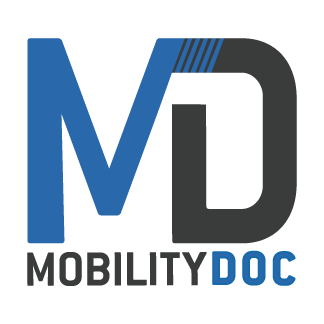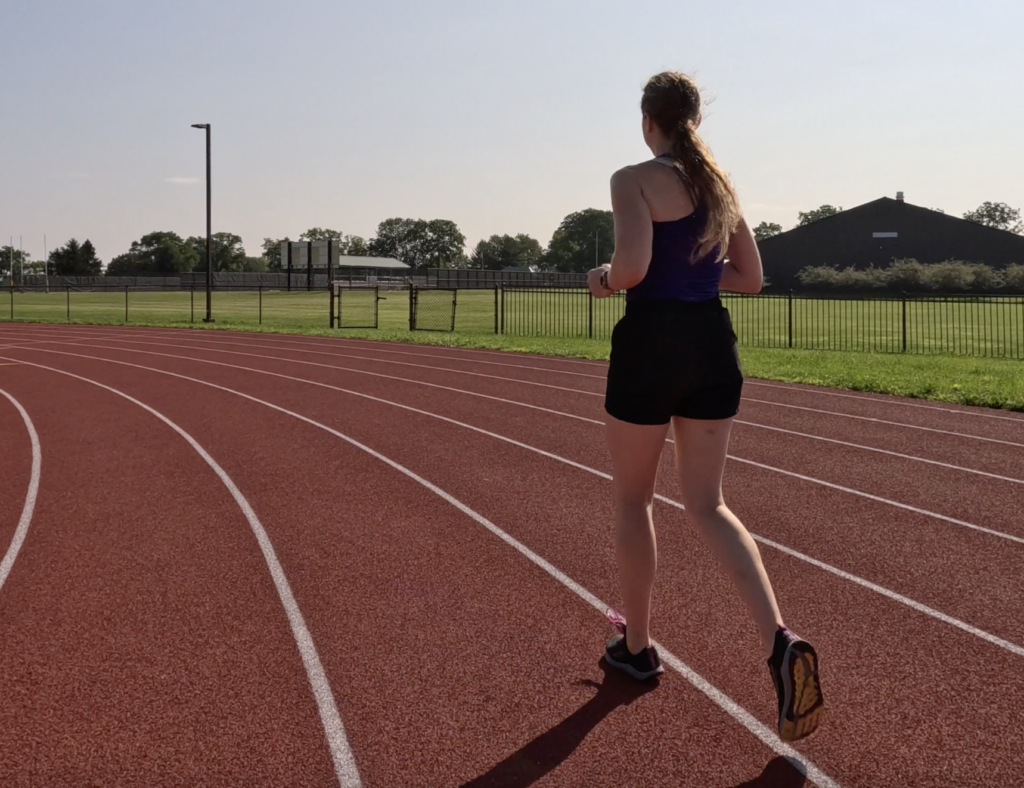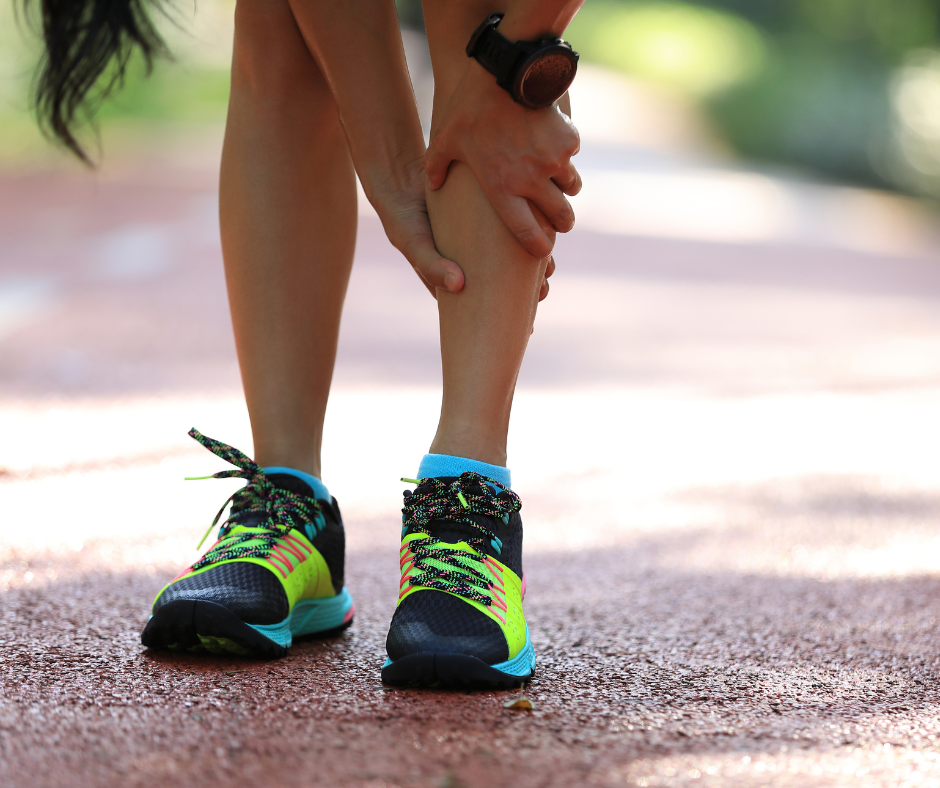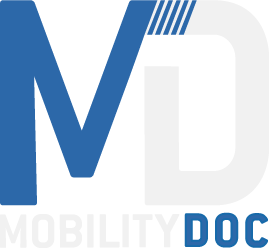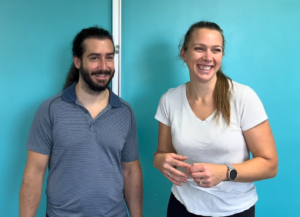Peace has been restored. I’m fully back to running, and I wanted to share how I got there. Before I do that, I want to say that the number of people who asked about my injury took me by surprise. I felt overwhelmingly supported by the MD community in a time that was challenging on multiple levels. It was one thing to deal with pain, but it’s another thing to not be able to do the thing you love. As you may have been able to tell from the hints of despair in my first blog or 2, the latter was harder to manage. I turned to writing this blog and making videos to help manage my feelings. It became even more important to me that my patients could use my injury as a resource and that I could learn to be a better physical therapist because of it. So thank you for following along.
For this final installment of the running injury blog, I’ll detail the final stage of re-entry for my calf injury recovery and offer one important reflection on the injury recovery process. I call it the final stage of re-entry, because if you remember the last blog, I spoke about re-entry, going from no running to some running. That is the initial stage of re-entry. You’re testing the waters and gathering data. More specifically, you’re re-introducing weekly running mileage, or what we call “volume.” Remember that this stage looks different for everyone. Let me review a bit, because it will lead us to the final stage of re-entry.
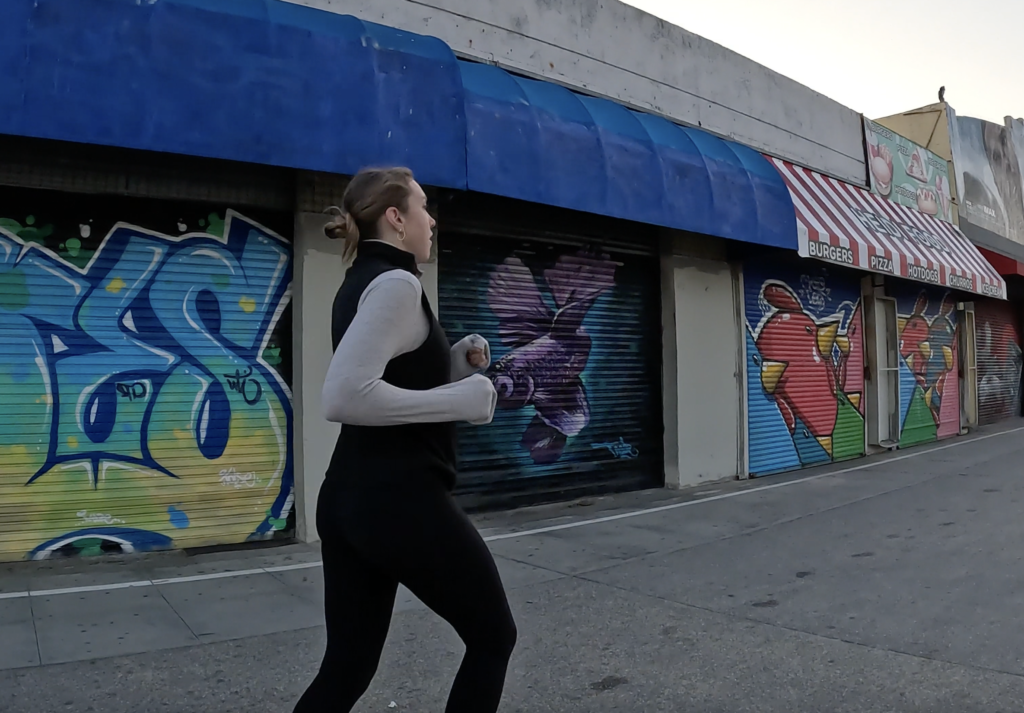
Initial Re-Entry
Initial re-entry concerns itself with volume. In the beginning of my calf injury recovery, I was trying to get in consistent easy runs. Utilizing the 10% rule can help in that you increase your weekly running volume by no more than 10% each week. I used this in combination with the previous questions I had asked myself about pain, HR, sleep, and fatigue. During this time, I wasn’t concerning myself with pace. I was running pretty easy and trying to build back up to a solid base of 30-35 miles per week. The 10% rule might not work for everyone. Especially for someone who has been injured for a longer period of time. Again, here is where an experienced physical therapist can be helpful.
Final Stages Of Re-Entry
Here is where it gets a little more tricky, and this is why I wanted to write this blog. The final stage of re-entry requires a bit more nuance. Once I had my base of volume, then I could begin to play around with intensity. What I mean by intensity is pace and types of workouts. I started with doing progressive runs. This is where I steadily decreased the pace throughout the course of the run. Then I started with a moderately intense track workout, where I did less total volume and longer intervals at a slower pace than I typically would.
New Stimulus
Keep in mind that intensity is a new stimulus. Each new stimulus requires its own questions to see if it’s appropriate. This is what is meant when we’re told to “listen to your body.” It’s about providing a stimulus and asking questions about how you’re responding. In a sort of unfortunate way, it doesn’t follow some universal rules. There may be some guiding principles, but each person responds differently depending on injury type, experience, rehab process, access to help, and the list goes on. Generally speaking, I asked myself a lot of the same questions from the initial stage of my calf injury recovery, though they have a different application in this stage. We’ll go over those.
When I started to run faster, how did my shin/calf feel? I asked myself questions related to when I was having pain/stiffness–was it during the run, at what point during the run, after the run. Furthermore, I collected data regarding the intensity, frequency, and duration of pain. Finally, I filled out the picture by asking myself about my quality of gait, HR, and fatigue. I’ll sample a few questions along with my decision making process.
Interpreting Your Body Responses
To highlight a few examples: If I were having progressively more pain throughout the run, should I stop? Possibly and, at the very least, decrease the intensity or volume. Now if I only had pain and aching afterward, then I have to assess that. I knew that because I felt some more stiffness/aching for less than 12 hours after work, I knew I was probably going to be ok. What about afterward–was I feeling a bit more tight? More achy? Yeah, definitely. Then I knew that no more stimulus was necessary for that workout. I focused on doing my recovery work to continue to heal that area. Additionally, I thought about my quality of gait when I was running. For the first speed work, I could kind of feel that my right leg was dragging a little more. So I consciously thought about that right side keeping up with the left. When it started to lag a bit more and I couldn’t correct it, I knew I was done for that day.
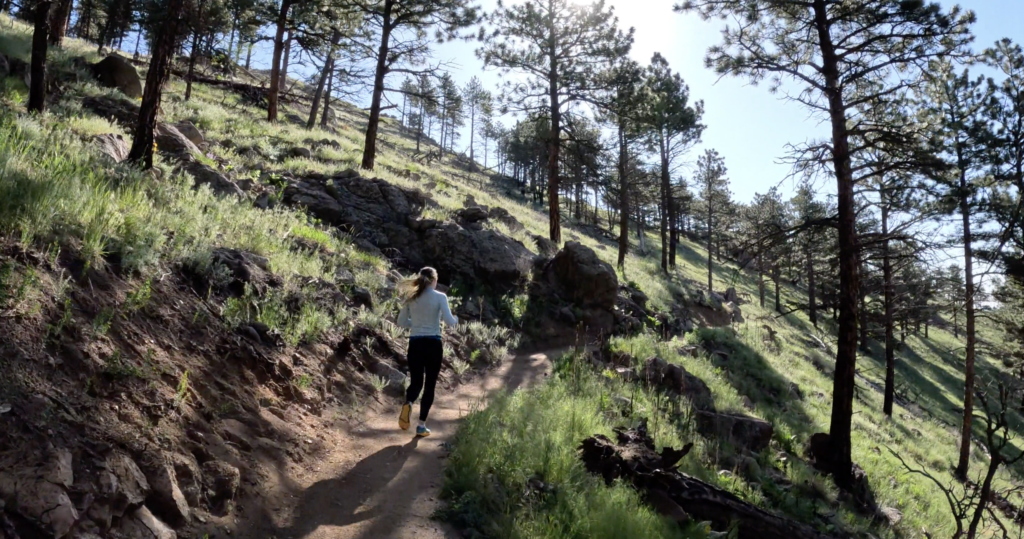
Challenge Your Injury
As you can see, there are a lot of considerations when you “listen to your body.” Let me highlight one last point, and this is an important point: part of healing is challenging the injury (in an appropriate way, at the appropriate time). It was appropriate for me and my calf injury recovery to challenge that bone and calf by doing a speed workout. That will actually help the bone and muscle to continue to repair itself. Now it’s a matter of knowing how much to challenge that area. You wont necessarily have completely pain-free re-entry, but here is where an experienced provider can help you.
If you’re reading this, and thinking, “how does someone ever ‘get back’ fully without reinjuring themselves?? How can you be ‘normal’??” then you can fully appreciate the complexity of the injury recovery process if you do it correctly. But here’s the last point I want to impart on you…
You Can Do Hard Things
The other day, as I was finishing my second last 200s at the end of a brutal workout, it just sort of came to me. I told myself, “Chloe, you can do hard things.” This was in an effort to tame my serious anxiety around “failing”–in every sense of the word, related to most things. Afterward, I was thinking about this concept in a broader sense. It’s a hard thing to properly recover from an injury. It’s a hard thing to figure out what to do to aid in your recovery and be consistent with doing that thing. It’s a hard thing to ask yourself endless questions during your re-entry, answer them (and know how to answer them), and accommodate your training to the answers. But you can. You may need some guidance and support. But you can. My hope is that this 6 part series can offer some of the guidance and support that you may need.
Our Boston Qualifiers
A HUGE shout out to some of our dedicated and hardworking runners on qualifying for the Boston Marathon! Training for something like this is no easy feat and the fun has just begun!
Rae Ashton ran the Erie marathon with her wingman and friend Michael Uelses (featured right). They trained incredibly hard logging hundreds of miles together at 6am before work and running longer 20+ mile runs over the weekends. Rae’s husband Ben came to support her and her running mate, cheering them on as they crossed the finish line! Even though Rae has qualified for Boston’s in the past, this years qualifying time was a huge accomplishment because she has been battling a long time injury which took her out of running!
Dennis McCarthy has been running for over 40 years! He was supposed to run Boston this past spring but suffered an injury. After rehabbing with us at Mobility-Doc, he has since recovered and qualified at the Erie marathon with a 3:30 time. Thats 20 minutes under what he needed! Dennis is excited and ready to take Boston by storm this spring!
Michael Uelses took a 30 year break from his running career but is back at it! He started running again 2 years ago and trains with his running coach and friend Rae Ashton (featured left). Mike was able to meet his goal of completing the marathon within 3 hours with a time of 2:59:05 which is a PR!
Zoe Blair dabbled in track when she was younger but has been a serious runner for the past 13 years. This year she ran 2 Boston qualifying events and achieved a qualifying time in both! Her best time was in the Chicago marathon where she ran 3:35:49. This will be her 1st time running Boston! She is also looking forward to running in NYC marathon coming up in November this year and Berlin next year!
Don't Stop!!!
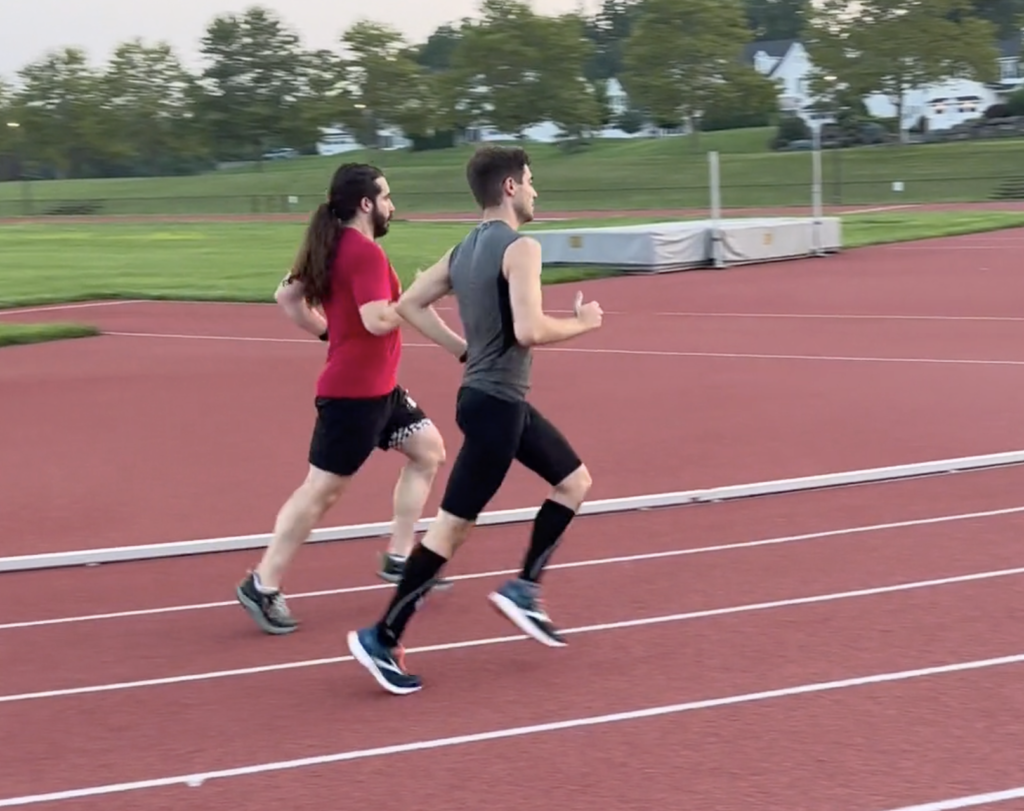
Our runner recovery program is made to specifically for runners to mobilize and stabilize where it counts most. Keep going this season with this quick easy to do program!
